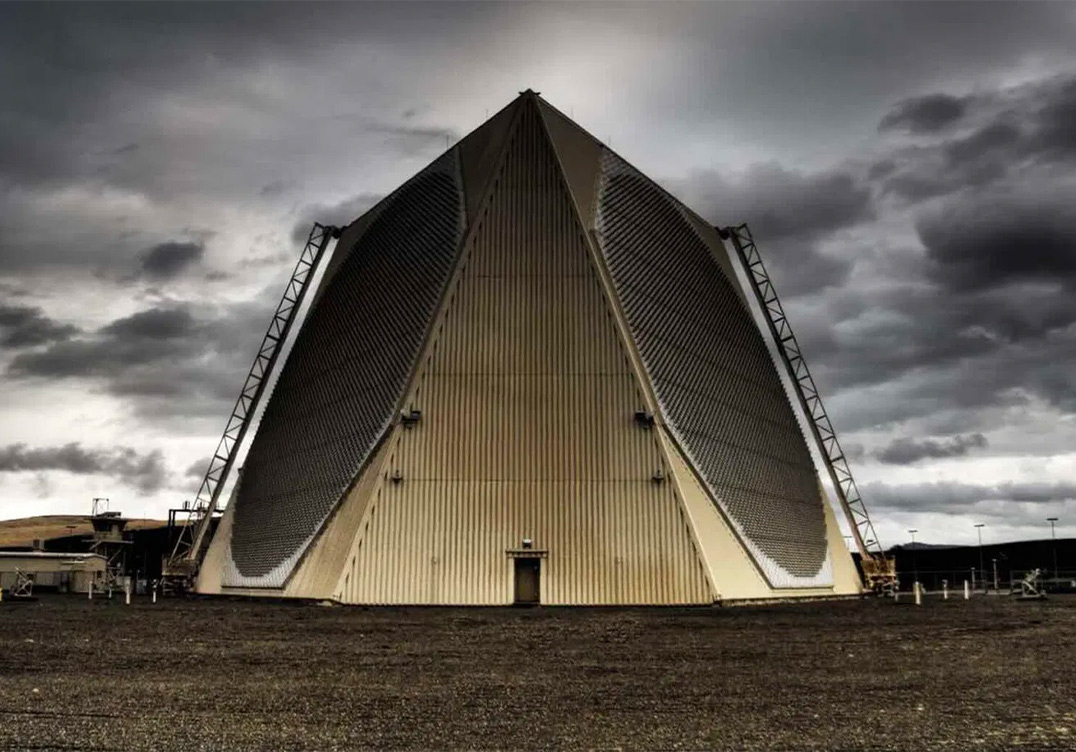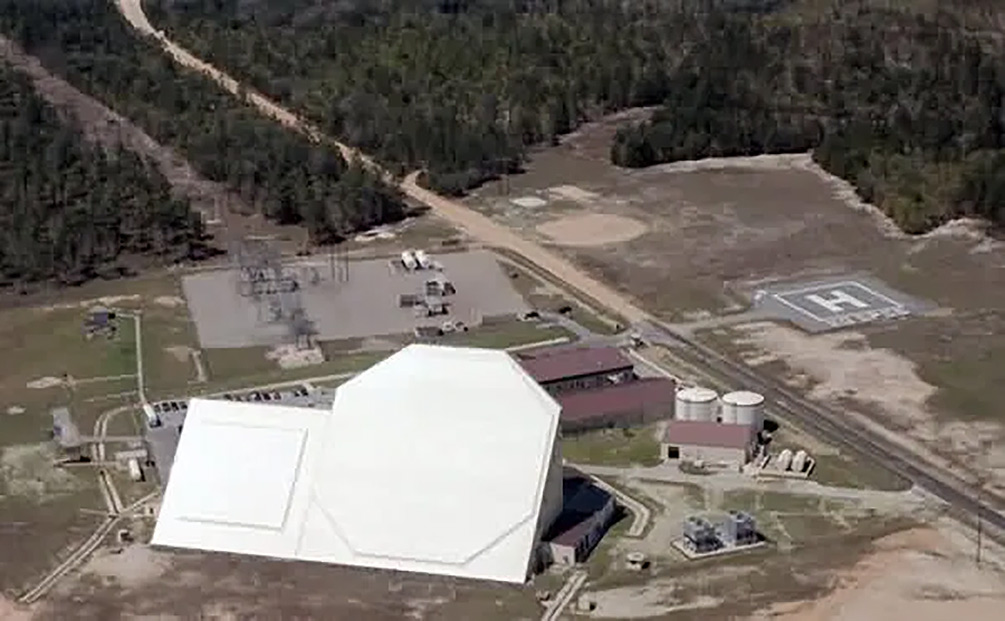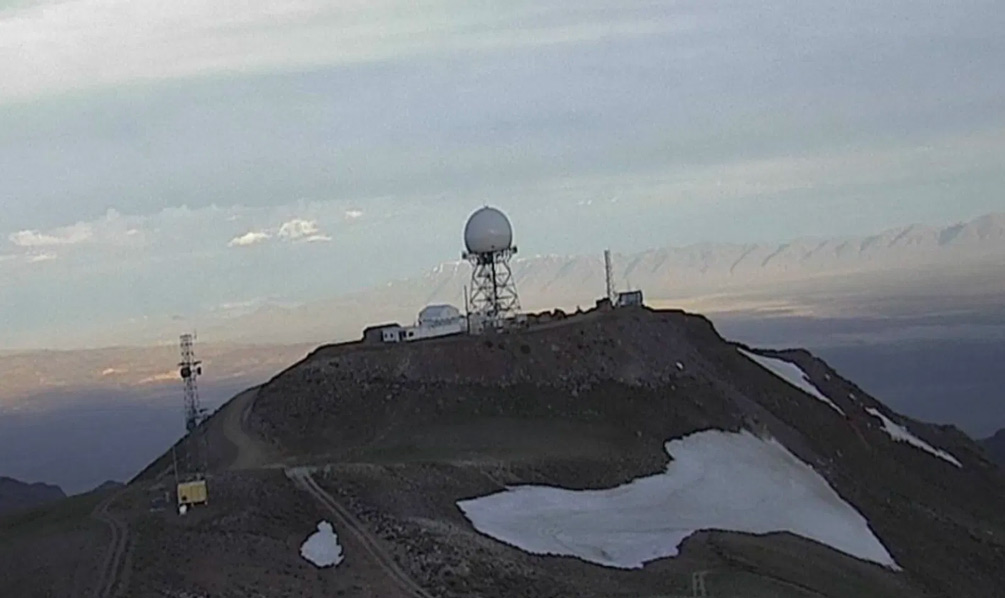
Christopher Mellon, who spent nearly two decades in the U.S. Intelligence Community—including serving as Minority Staff Director of the Senate Intelligence Committee and as Deputy Assistant Secretary of Defense for Intelligence—has provided critical insights into the current state of U.S. government efforts to address unidentified anomalous phenomena (UAP). Mellon, who also contributes to Harvard’s Galileo Project and advocates for greater awareness of UAP and their national security implications, outlines the persistent challenges and provides recommendations aimed at bolstering Congressional oversight and public trust. His work can be followed on his official website and on X: @ChrisKMellon.
The U.S. government has made notable progress in tackling the longstanding enigma of UAP, particularly through Congress’s creation of the All-Domain Anomaly Resolution Office (AARO) and its demand for annual unclassified reports. Nevertheless, significant gaps remain due to key air and space surveillance information “stovepipes” that bypass both AARO and Congress, preventing a full understanding of these phenomena.
Mellon identifies these gaps and offers pragmatic solutions to enhance oversight, advance understanding, and restore public trust.
Tactical Reporting, Strategic Silence
Since AARO’s establishment in 2022, over 1,200 official UAP reports have been submitted. While this reflects progress, there is an alarming absence of reporting from the massive radar and space surveillance systems operated by the U.S. military and Intelligence Community. Systems such as the Space Fence, NORAD’s Solid-State Phased Array Radars (SSPAR), the Global Electro-Optical Deep Space Surveillance System (GEODSS), the Space-Based Infrared Monitoring System (SBIRS), the Global Infrasound Monitoring System, and the Navy’s Integrated Undersea Surveillance System (IUSS) have yet to report UAP activity to AARO, as confirmed in the 2024 AARO report.

Mellon emphasizes that this total absence of data from national systems, despite regular tactical reports from ships and aircraft, raises serious concerns about AARO’s ability to fulfill its mission.
Attempted Air Force Intercepts of UAP
Mellon highlights multiple cases where UAP were detected by U.S. aerospace monitoring systems, prompting fighter intercept attempts—incidents that were never reported to AARO or Congress. Notable examples include:
- An October 25, 2018 scramble of F-15s from Portland, Oregon to intercept a fast, high-flying UAP.
- A November 2023 incident, revealed via a “protected disclosure” to former Congressman Matt Gaetz, involving an Air Force fighter intercepting one of four anomalous objects hovering off the coast of Florida near Eglin Air Force Base. The UAP reportedly interfered with the fighter’s onboard sensors and had a bizarre, bulky structure reminiscent of a lunar lander.
Mellon notes that these and other incidents, discovered outside formal reporting channels, confirm that UAP encounters persist despite historical Air Force denials. Moreover, AARO often learns of these incidents too late to collect critical sensor data or interview pilots.

Mellon calls this information vacuum unacceptable, warning that neither Congress nor AARO can assess the frequency of such incidents or the capabilities of U.S. air defenses without comprehensive reporting.
Recommendation: Congress should request a detailed report from NORAD or NORTHCOM on attempted fighter intercepts dating back to 2004 and mandate prompt reporting of all future intercepts to AARO.
National Air and Space Monitoring Systems
Mellon points to another major gap: AARO’s 2024 report identifies 49 cases of UAP appearing to operate in space, yet all were reported by pilots or ground observers—not by national surveillance systems like GEODSS.
Mellon finds it implausible that GEODSS and other advanced systems such as NORAD radars and the Space Fence have failed to detect UAP, suggesting the data is either not being collected, is being filtered out, or is being withheld from AARO.

Mellon also highlights the historical disconnect between Navy and Air Force reporting, noting that the 2021 public UAP report contained almost exclusively Navy cases, despite the Air Force’s dominance in air defense and sensor systems.
Recommendation: Congress should request an Inspector General review of national aerospace monitoring system performance and direct AARO to maintain a reporting matrix showing UAP contributions from each system, along with the date each program acknowledged its reporting obligations.
UAP and Signals Intelligence
Mellon expresses excitement over AARO’s acknowledgment that signals from UAP have been detected in the 1–3 GHz and 8–12 GHz ranges. He asserts that these signals deserve immediate scrutiny from the National Security Agency (NSA) to determine their nature, whether they are radar, communications, or something else.
Recommendation: Congress should require the NSA to conduct a formal assessment of these signals and share the results promptly with oversight committees.
A Meaningful History of UAP and the U.S. Government
Mellon is critical of AARO’s response to Congress’s request for a history of UAP-related government activity, describing the provided report as superficial and riddled with errors.
To resolve this, Mellon proposes a government-commissioned oral history project, gathering testimony from key figures such as former USAF Chiefs of Staff, CIA Directors, NORAD Commanders, and former Presidents. Such a report, overseen by military historians or an Inspector General, could clarify longstanding questions about the U.S. government’s role in UAP investigations, including allegations of recovered non-human technology.

Recommendation: Congress should fund and direct an official oral history of UAP and the U.S. government to ensure a credible historical record.
Conclusion
Mellon concludes that the lack of compliance with UAP reporting mandates is disappointing but not unusual when reforming entrenched government systems. However, he argues that Congress and the Executive Branch now have a unique opportunity to correct course.
The steps Mellon outlines—none of which require new appropriations—would enhance U.S. national security by clarifying the effectiveness of air defenses and ensuring timely sharing of critical UAP data.
Mellon urges Congress to remain vigilant and for the new Administration to implement these recommendations swiftly. Doing so, he contends, would not only illuminate U.S. air defense capabilities amid emerging technological threats but also address one of the most consequential government transparency issues of our time.


The MUFON webmaster is a dedicated UFO enthusiast with a lifelong fascination that began at the age of four after hearing about the Roswell incident. A US Air Force veteran, their journey into the unknown truly began to accelerate five years ago. Since then, they have been passionately researching the UFO phenomenon, striving to piece together a comprehensive understanding of the bigger picture of reality and humanity's place in the universe. With a blend of military experience and investigative zeal, the MUFON webmaster brings a unique perspective to the world of UFO research and exploration.